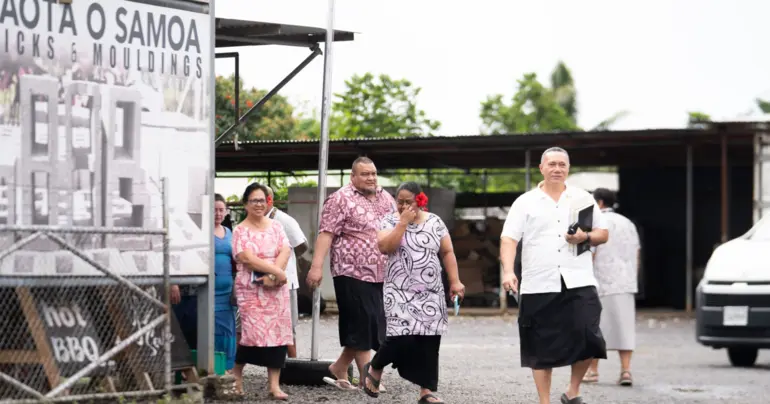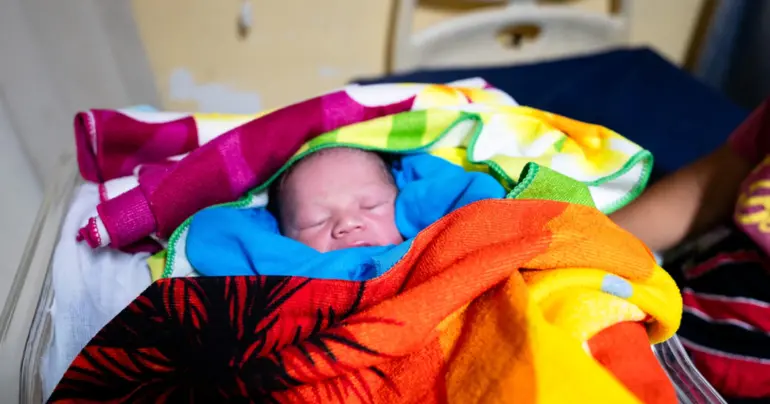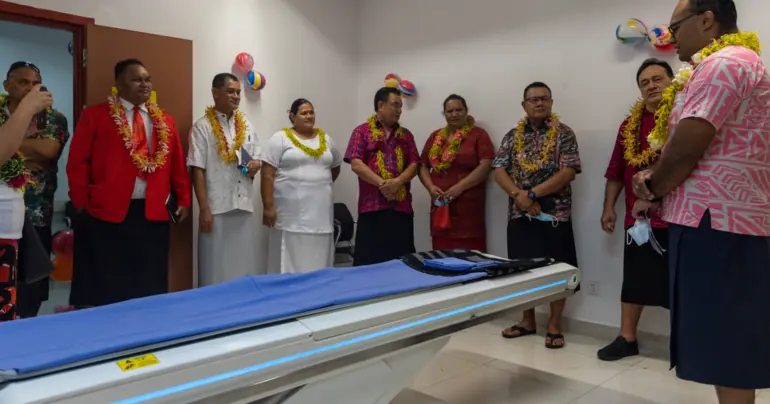Diversify, invest in agriculture and fisheries
 By The Editorial Board
•
27 February 2020, 12:00AM
By The Editorial Board
•
27 February 2020, 12:00AM
They are the sort of headlines that continue to worry stakeholders in Samoa’s burgeoning tourism industry, after growth in the sector in the last financial year spurred the country’s economic growth by 5.7 per cent, according to Central Bank data.
To give you a perspective on how much revenue the tourism industry generates for Samoa’s national purse, in 2018 tourism earnings totalled $493.8 million, which represented a 16.4 per cent growth from $424.4 million in 2017.
Tourism and remittances are the country’s two major revenue earners with Central Bank data showing Samoa getting $503.73 million tala in earnings from remittances for the 2017-2018 financial year.
But the forecast for future growth in tourism sector doesn’t look promising with the country struggling to recover from a deadly measles epidemic, only to be impacted by the global threat posed by the novela coronavirus (COVID-19).
In fact measles-related cancellations have already cost the local tourism industry up to $10 million tala, on top of the loss of $200,000 in cruise ship-related fees that the Samoa Port Authority could have collected.
An article in the Wednesday, February 26, 2020 edition of the Samoa Observer reported on a temporary ban imposed by the Government on all cruise ships planning to visit Samoa as a measure against COVID-19, in another major blow to businesses and individuals who would directly or indirectly benefit from these visits.
The diversification of Samoa’s economy – in a bid to move the country’s engine room for economic growth away from its reliance on tourism – has been a focal point of discussion for Government officials over the years.
But the impact of the recent measles epidemic and the onset of the COVID-19 threat, yet again, confirms the vulnerability of the tourism industry and the need for the Government to begin work to push for economic diversification.
Samoa’s agriculture and fisheries potential remains untapped, and are two sectors that if developed properly, can go on to become export revenue earners for our fledgling economy. The potential of these two sectors continues to be highlighted in various Government and donor-funded studies and reports.
One such Government-sanctioned report is the 2015 Report on Samoa Agriculture Survey produced by the Samoa Bureau of Statistics, and supported by the Food and Agriculture Organisation (F.A.O.) of the United Nations.
One interesting statistic to come out from that report is the finding that 27,411 or 97 per cent of the 28,119 households surveyed in Samoa grew crops or raised livestock.
Government investment in the agricultural sector, in a bid to get ordinary Samoan farmers to gradually set themselves up in the agriculture export business, could over the long-term translate to an increase in the exports of cash crops such as taro or bananas to markets overseas.
Similar to agriculture, fishing is important to Samoans and fish makes up a large component of citizens’ daily meals. Subsistence and commercial fisheries are present in Samoa, and there are businesses directly involved in the export market.
The Fisheries Division’s Annual Report for 2014-2015 produced by the Ministry of Agriculture and Fisheries (M.A.F.) – which was cross-referenced in a F.A.O. online report on fisheries and aquaculture in Samoa – highlights the landing of an estimated 319 tonnes of troll fishery with a value of $2.2 million tala at the main fish markets in Samoa. Bottomfish fishing fleet land an estimated 10.3 tonnes of fish, according to the same report.
But access to capital for business-startups in the agriculture and fisheries sectors has always been a hurdle for aspiring businessmen and women, who are willing to invest their time and energy to get the project off the ground, but with financial support provided by the Government.
The dilemma they face could be easily resolved by the Government-owned Development Bank of Samoa (D.B.S.), which as per its mandate to “support and enable sustainable development” in Samoa, could offer affordable financing options to those who are keen to get into agriculture and fisheries-focused small to medium-sized enterprise.
This newspaper has published stories in recent years on how the D.B.S. focused on the tourism sector and gave loans to individuals who went on to build hotels and hospitality-related facilities.
To date a number of these investments have been unable to make a profit, leading to the creditors defaulting on their loans.
It is time the Government invested in a big way in agriculture and fisheries and supported those willing to go the extra mile, which is a long-term solution to addressing Samoa’s reliance on vulnerable sectors such as tourism.
Have a lovely Thursday Samoa and God bless.
 By The Editorial Board
•
27 February 2020, 12:00AM
By The Editorial Board
•
27 February 2020, 12:00AM










